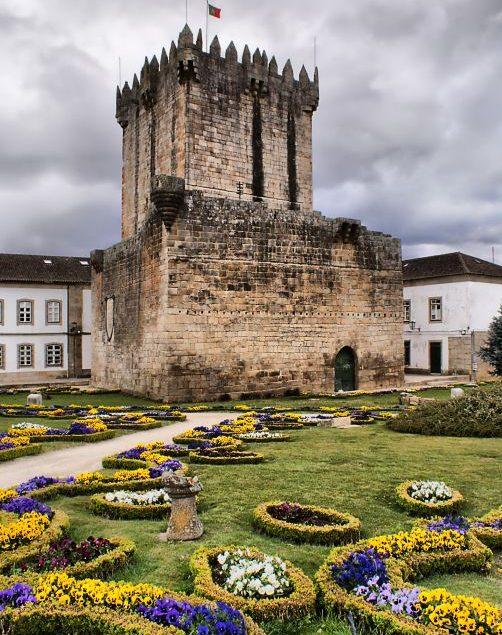Perched atop the eastern edge of the Serra da Arrábida, the Palmela Castle (Castelo de Palmela) stands as a testament to Portugal’s rich and layered history. From its Roman origins to its role in the Christian Reconquista, the castle has witnessed centuries of transformation. Today, it offers visitors a glimpse into the past, coupled with panoramic views of the Setúbal Peninsula.
Origins: From Roman Fort to Moorish Stronghold
The site’s history dates back to around 310 BC, when it was first fortified by the Romans, possibly under the command of Praetor Áulio Cornélio Palma. Subsequent occupations by the Visigoths and the Moors further shaped its structure. Between the 8th and 9th centuries, the Moors expanded the fortifications, laying the groundwork for the castle’s future prominence.
The Christian Reconquista and the Order of Santiago
In 1147, King Afonso Henriques captured the castle during the Christian Reconquista, marking a significant shift in its history. However, it wasn’t until 1186 that the castle was firmly under Christian control. By 1443, it became the headquarters of the Military Order of Santiago, a pivotal institution in Portugal’s maritime expansion. During this period, the Igreja de Santiago was constructed, adding religious significance to the site.

Architectural Evolution
The castle’s architecture reflects its tumultuous history. Its irregular polygonal layout adapts to the natural terrain, with walls reinforced by square and circular towers. The earliest fortifications date back to the 12th and 13th centuries, featuring a cylindrical tower and a cistern. The 15th-century additions include the Igreja de Santiago and the Convento de Santiago, showcasing Gothic and Manueline styles. The 17th century saw the construction of modern bastions to withstand artillery fire.
The 1755 Earthquake and Its Aftermath
The devastating 1755 earthquake caused significant damage to the castle, including the destruction of the Igreja de Santa Maria. In the 19th century, following the dissolution of religious orders in Portugal, the castle fell into disrepair. However, restoration efforts in the 20th century, particularly in the 1930s and 1940s, helped preserve its structure. Today, the remnants of the Igreja de Santa Maria serve as a poignant reminder of the castle’s resilience.

A Unique Place to Stay
In 1979, the castle’s conventual wing was transformed into the Pousada Castelo de Palmela, a luxury hotel that blends medieval architecture with modern amenities. Guests can enjoy rooms that were once monastic cells, dine in the former refectory, and explore the cloisters, all while taking in breathtaking views of the surrounding landscape.
Visiting Palmela Castle
Visitors to Palmela Castle can explore its well-preserved walls and towers, offering stunning views of the surrounding countryside and the Sado River. The castle grounds also feature a café, restaurant, and souvenir shops, providing opportunities for relaxation and reflection. A telescope atop the tower allows for panoramic vistas of the region, including Setúbal and Lisbon on clear days.
Conclusion
Palmela Castle is more than just a historical monument; it’s a living piece of Portugal’s heritage. Its strategic location, architectural evolution, and role in the nation’s history make it a must-visit destination for those interested in exploring the rich tapestry of the Setúbal Peninsula. Whether you’re a history enthusiast, architecture aficionado, or simply seeking a unique experience, Palmela Castle offers a journey through time.




